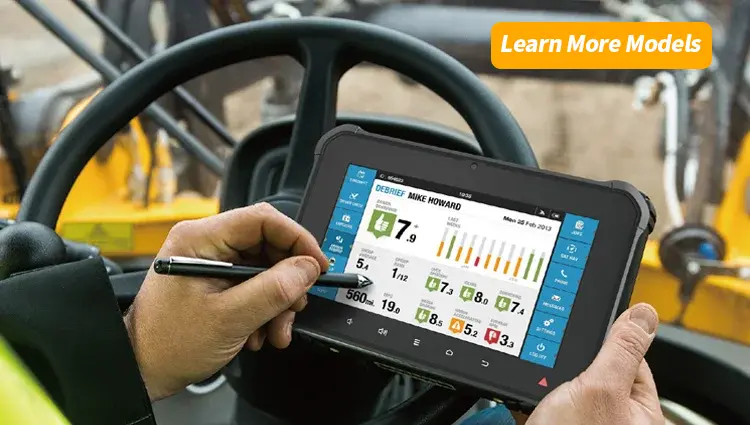How can Rugged Solutions Improve Response to Natural disasters
Natural disasters have caused serious damage to social economy and human life, so it is particularly urgent to improve the response ability to deal with natural disasters. The use of rugged remote devices and mobile tablet terminals is an effective solution to natural disasters. These devices can not only monitor environmental parameters in real time, provide important data support and early warning information, but also have physical protection and remote communication capabilities to ensure their reliability and stability in harsh environments. During natural disasters, these devices can help rescue workers obtain the information they need in a timely manner and coordinate rescue operations to reduce damage and protect human life and property.
I. Introduction
(A) Serious damage to socio-economic and human life caused by natural disasters
B. Use rugged solutions to enhance the urgent need for natural disaster response
II. Applications of rugged equipment in natural disaster response
A. The importance of sensor technology
1. Describe various types of sensors (such as temperature sensors, humidity sensors, etc.) and their role in natural disaster monitoring
2. Explain how the sensor can monitor environmental parameters in real time, such as seismic activity, meteorological changes, etc.
B. The role of surveillance camera system
1. Analyze the importance of surveillance cameras in natural disaster response, such as monitoring the disaster situation and rescue progress
2. Discuss how to use the surveillance camera system to achieve remote real-time monitoring and guidance of the disaster area
C. The key role of mobile tablet terminals
1. Introduce in detail how the mobile tablet terminal provides real-time data and information to support decision making and command scheduling
2. Explain how mobile tablet terminals can help rescue workers receive tasks, update progress, and collaborate in real time
III. Advantages and features of rugged equipment
A. Physical protection
1. Describe the structure and material of the rugged equipment, which has the characteristics of earthquake resistance, water resistance, dust resistance, etc
2. Explain how these features protect the equipment from natural disasters
B. Telecommunication capability
1. Emphasize the remote communication functions of rugged equipment, such as cellular networks, satellite communications, etc
2. Explain how telecommunication can ensure reliable transmission of information even when the wireless network is interrupted after a disaster
IV. Response advantages of rugged solutions
A. Real-time data acquisition and analysis
1. How can rugged equipment provide real-time, accurate data to help predict and respond quickly to natural disasters
2. Discuss how data analysis techniques can optimize rescue resource allocation and risk assessment
B. Enhanced command and coordination
1. Explain in detail how rugged equipment facilitates real-time collaboration and information sharing between rescue command centers and responders in the field
2. Discuss how mobile tablet terminals can provide real-time mapping, navigation, task assignment and other functions to improve rescue efficiency
V. Data security and privacy protection
A. Emphasize the importance of data security and privacy protection when using rugged devices
B. Discuss the measures taken, such as data encryption, rights management, etc., to ensure that data is not accessed by unauthorized persons
VI. Cost and benefit analysis
A. Analyze the cost of implementing a rugged solution, including equipment procurement, training and maintenance
B. Discuss the possible benefits of using robust equipment, such as actual benefits in terms of reducing casualties and improving rescue efficiency
VII. Conclusions
A. Summarize how rugged solutions can improve response to natural disasters
B. Stresses the importance and need for further research and promotion of robust solutions
Through the use of rugged remote devices and mobile tablet terminals, natural disaster response capabilities can be significantly improved. These devices not only monitor environmental parameters in real time, provide critical data support and early warning information, but also enhance real-time communication between command and rescue personnel through remote communication and collaboration. In addition, the physical protection characteristics and remote communication capabilities of the rugged equipment guarantee its reliability and stability in harsh environments. With rugged solutions, natural disaster response can be carried out more efficiently and quickly to reduce losses and protect human life and property.








